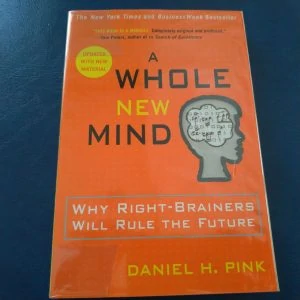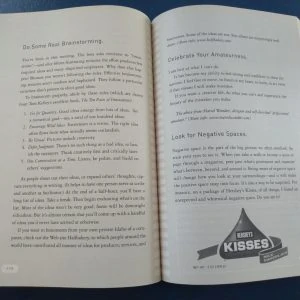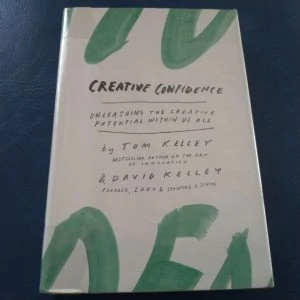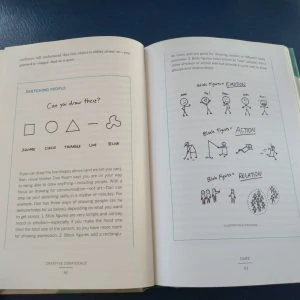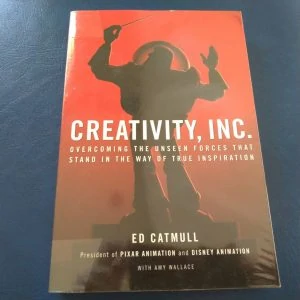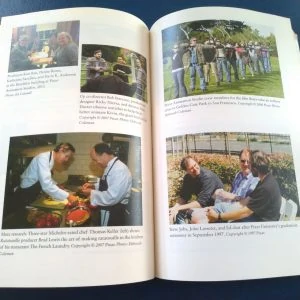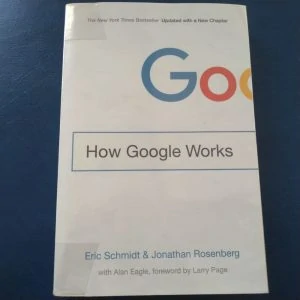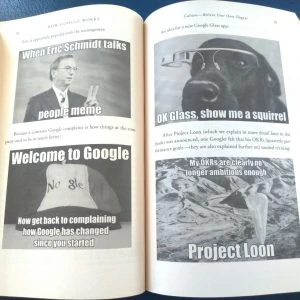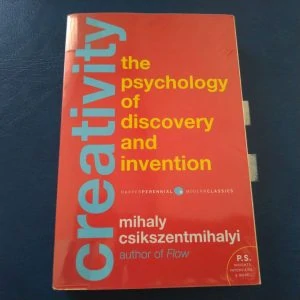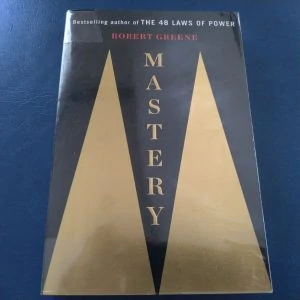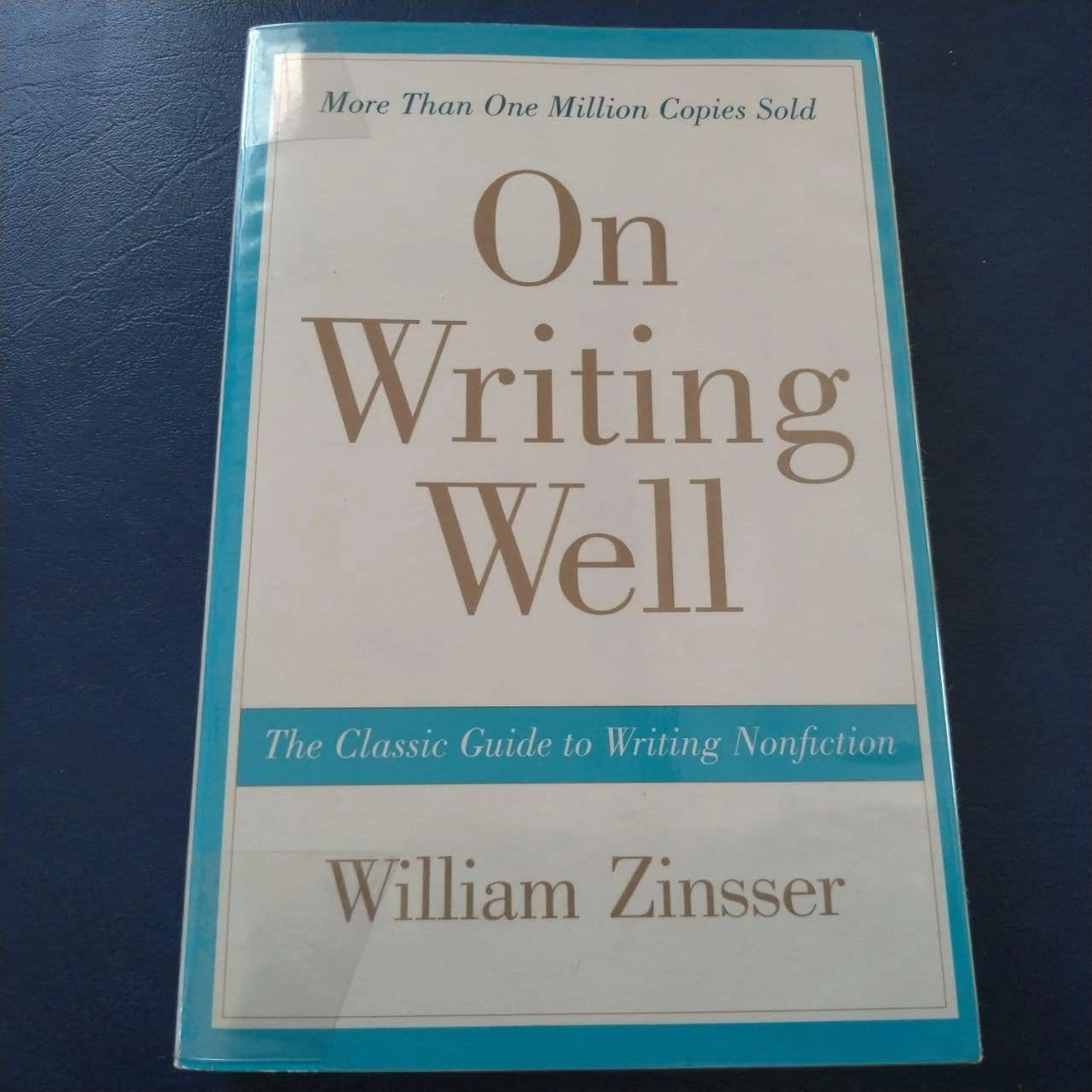Creativity is an important skill in any industry or occupation. The way you think can affect your creativity and how well you perform on the job. You’re bored and you’re stuck in a creative rut. You want to write and create things. You want inspiration from others like you.
How do you stay creative? You couldn’t find a creative spark. You spend all day looking for it but nothing seems to work. When creativity well runs dry, reading is the best way to combat that.
6 Best Books on Creativity
You love reading, but we find it tough to keep up with the best books on creativity. This blog post curates all the books that I’ve read so you can spend less time searching and more time reading.
But which books should you read? How can you tell if a book is worth your time and money? There are countless books out there but the list below is what I own and personally read. You may also read books on conversion rate optimization.
This is probably the first book on creativity I read. And the book that might have influenced me to walk away from corporate life. The book’s main point is to be more human is to be more creative. Focus on fostering the right side of the brain.
The industry is disrupted by the three letter As: Abundance, Asia, and Automation. It’s up to us to be more human to be more unique. It takes high creativity from the right side of the brain. You need to train and embrace high concept and high touch.
This book also has activity challenges or the portfolio section. My favorite chapter of this creativity book is on Symphony. The creativity challenge in this chapter is to listen to classical music. And there are other ways to foster your creativity and symphony mind.
Each item has sub-items below them:
– Hit the newsstand
– Draw
– Keep a metaphor log
– Follow the links
– Look for Solution in Search of Problems
– Create an inspiration board
– Read books
– Do some real brainstorming
– Celebrate amateur-ness
– Look for negative space
This is only a glimpse and other chapters have more to say. The book is easy to read and is a fine example of a weekend read. So, you can’t NOT read this. These are the ways to combat the three letter As.
Though, there are things that this book didn’t foresee. This book was written before the iPhone. So, I say this book was before the startup revolution and remote work. This means that graphics designing and web development are still outsourced a lot.
And automation is still rampant. Automation is more trendy now especially with the advent of AI (artificial intelligence). There are even tools out there that do blog writing via AI.
Also one of the first books on creativity that I ever read in my career. The company IDEO structured the book within design thinking and innovation. This book is not too abstract and there are practical ways stated in the book on how to be creative. It gives actual participation to the reader.
The book that will benefit the most here is designers. But in some cases, the ideas covered in this book transcends into any department or any hobby.
Here’s an excerpt on how to cultivate a creative spark:
– Choose creativity
– Think like a traveler
– Engage relaxed attention
– Empathize with your end user
– Do observations in the field
– Ask questions, starting with “why?”
– Reframe challenges
– Build a creative support network
The book also has examples (as they should be) of people who applied creative confidence in their work. There are also tips on how to build a prototype and how to draw.
A cherry on top of this book is there are workshops like games. There are fun games and creativity challenges under the chapter Creative Confidence To Go that you can act on and apply the creativity. There are also summaries and self-reflection sections are also in the book.
Are you a fan of Toy Story and all the other Pixar animation films? You’ll like this book.
The Co-Founder and technical lead of Pixar wrote this book. Creativity, Inc. dives into the struggles of Pixar before its success. Chapters highlight the main parts of the production of Pixar movies we love. From Toy Story to Brave. The book calls attention to team dynamics on how these films are made.
I first learned the idea of fail fast, learn fast in this book. Then I understood that Pixar films are optimized. Even in animation, the stories are tweaked. Many feedbacks are sent and received through the creative braintrust. It also demonstrates how animators approach the fear of failure.
This book also dives into office politics that hinder creativity. There are chapters dedicated to what makes Pixar different from Walt Disney Animations. Walt Disney Animations had old ways of doing things that didn’t boost that creative drive.
Here are some methods how Pixar broaden its view and foster collaboration:
– Dailies, Or Solving Problems Together
– Research Trips
– The Power of Limits
– Integrating Technology and Art
– Short Experiments
– Learning to See
– Postmortems
– Continuing to Learn
When Disney acquired Pixar, Pixar integrated its creative innovations into Disney’s company culture. This made Disney dominate the animation industry again alongside Pixar. They have success again from movies like Tangled, Frozen, and Moana.
This is a good creativity book and a business book. Creativity, Inc. is a goldmine of knowledge for entrepreneurs, artists, designers, developers, and even marketers. There’s something here for everyone.
Another book about creativity in the workplace. This time it’s Google.
The CEO and head Eric Schmidt co-wrote this book and packs in first-hand information. How Google Works uncovers how it maintains creativity and team dynamics. This led to innovative products we all use and love. Tech history buffs will adore this book.
The book highlights the important idea of smart creatives. A smart creative has deep technical knowledge in how to use the tools of her trade.
Here are some descriptions of smart creatives:
– She is analytically smart
– She is business smart
– She is competitive smart
– She is user smart
– She is curious creative
– She is risky creative
– She is self-directed creative
– She is open creative
– She is through creative
– She is communicative creative
This book also doesn’t shy away from failures. It highlights the humble missteps on some of the innovative products from Google. There’s a part where they explained the failure of Wave (I don’t remember this product either). But its main point is to fail well even though failure is not the goal.
Google is famous for its company culture. This book focuses a lot of material on building an amazing culture. They are the ones that invented the OKRs (Objectives and Key Results). The book focuses on hiring the best talent and is the main draw of this book.
How Google Works has no shortages of practical tips. There’s a page dedicated to how to conduct 1:1s. Since the book gears toward company culture, it teaches how organizations should be. Google advocates building relationships, not hierarchy, as well as building great succession planning.
This next book is heavy. Mihaly Csikszentmihalyi (pronounced cheek-sent-me-high) wrote a book called Creativity. The same author of Flow. Though, I caution you this book has a written style of a dissertation. It focuses on the social sciences, so it’s more for academics than for mainstream readers. This is not a weekend read and may not be for everyone.
But, that’s not to say this is an antiquated book in a sense. There’s a lot to learn from this. This book can’t be disassociated from Mihaly’s other book, Flow. Mihaly demonstrates that Flow and Creativity complement each other well.
Here are some of what he says are conditions for Flow in Creativity:
– The Clarity of Goals
– Knowing How Well One Is Doing
– Balancing Challenges and Skills
– The Merging of Action and Awareness
– Avoiding Distractions
– Forgetting Self, Time, and Surroundings
– Creativity as Autotelic Experience
The book explains that creativity is through a relationship of three systems.
1) Domain = Consists of a set of symbolic rules and procedures. The subject area.
2) Field = The individuals who act as gatekeepers to the domain. The experts.
3) Person =The agent that establishes a new domain in the field through novelty. You.
This book is a chunk full of text that I couldn’t grab any visuals. As mentioned, you need to turn on your brainpower to read this book. Here’s a section that I like to quote:
“Creativity is any act, idea, or product that changes an existing domain, or that transforms an existing domain into a new one. A creative person is someone whose thoughts or actions change a domain, or establish a new domain.”
Mihaly Csikszentmihalyi
Mastery is a book on creativity for history lovers. Written by the same author who wrote 48 Laws of Power and 33 Strategies of War, there’s plenty of anecdotes here. The book aims that creativity is the path to mastery. And creativity is part of phases to achieve that sense of mastery in any venture.
Like 48 Laws of Power, the writing style is within the realm of Art of War or The Prince. The choice of words is like reading parchments from royalty (I can only imagine). It reads like a journal of emperors and military generals.
Here’s a chapter on fostering creativity:
Strategies for the Creative-Active Phase
– The Authentic Voice
– The Fact of Great Yield
– Mechanical Intelligence
– Natural Powers
– The Open Field
– The High End
– The Evolutionary Hijack
– Dimensional Thinking
– Alchemical Creativity and the Unconscious
The book is formatted well and researched. From Einstein to Freddie Roach, this book is packed with historical figures. The ideas are contextualized well. This book doesn’t have any visuals and also requires deep comprehension. Any fan of Robert Greene will recognize the style. Here’s a section that I like to quote:
“Through intense labor on your part, you gain a feel for what you are creating. This craftsmanship involves creating something with an elegant, simple structure, getting the most out of your materials—a high form of creativity.”
Robert Greene
Do you write about SEO, coding, machine learning, technical eBooks, or how-to guides? Or do you nonfiction of any form? Read William Zinsser’s book On Writing Well. This book is for anyone who writes as a profession, or to anyone that is in a creative rut. For a 40-year old book, there’s a mountain of knowledge that stands the test of time.
There’s a chapter called Science and Technology. Bloggers and content creators in the tech industry can learn a lot from this chapter. As an analyst or technical writer for my blog, this is my favorite chapter. Along those lines, there are other chapters suited for any non-fiction writer.
Sections from Forms:
– Nonfiction as Literature
– Writing About People: The Interview
– Writing About Places: The Travel Article
– Writing About Yourself: The Memoir
– Science and Technology
– Business Writing: Writing in Your Job
Sections from Attitudes:
– The Sound of Your Voice
– Enjoyment, Fear and Confidence
– The Tyranny of the Final Product
– A Writer’s Decision
– Writing Family History and Memoir
– Write as Well as You Can
“What you write is yours and nobody else’s. Take your talent as far as you can and guard it with your life. Only you know how far that is; no editor knows. Writing well means believing in your writing and believing in yourself, taking risks daring to be different, pushing yourself to excel. You will write only as well as you make yourself write.”
William Zinsser
Conclusion: Read books to boost your creative energy
Creativity is the ability to come up with new and interesting ideas. It’s to solve problems in unique ways but the flow is difficult to find especially if you’re in a creative rut. There are moments when you couldn’t get your thoughts together and ideas don’t come.
Creativity is important in any occupation whether you’re a designer or digital analyst. There’s always room for more creative people who are looking for some inspiration. And this is quite important to solve our daily challenges. So, it’s up to us to be more innovative.

